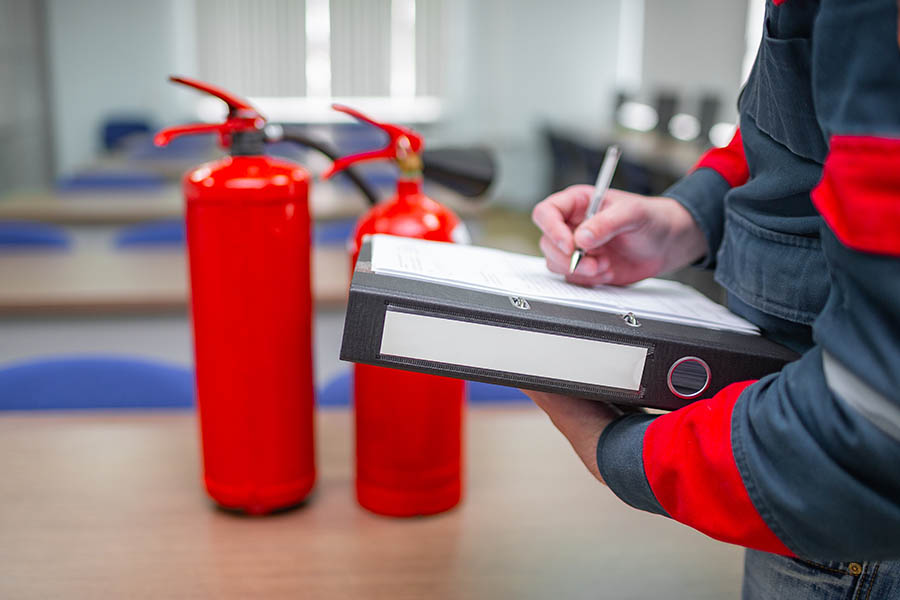If you are a landlord of an HMO (House in Multiple Occupation) or a block of flats with common areas, such as hallways, stairs and landings, you need to have a thorough understanding of the fire regulations that apply to such properties. The rules are more detailed than they are for a buy to let, and if you are going to invest in an HMO or convert an existing building, there may be more work to do in order to bring it up to the required standard.
One of the reasons why this is so, is because when you have an HMO the various tenants won’t necessarily integrate with one another, and they might not even talk or if they do , cooperate with each other.
Furthermore, in a buy to let there is not usually a situation where rooms are locked on a regular basis, whereas in an HMO the opposite is the case. Flat will almost certainly have a front door that is locked, or if it is not flats but a home where individual rooms are let and tenants have access to communal areas, the room doors will possibly be locked. This can mean that people may not have a clear exit and be able to get out of the property in a hurry if need be.
When considering a fire risk assessment for flats, one of the essential features are fire doors. As the landlord you have to ensure that all escape routes from your building are properly protected, and one of the ways to do this is with fire doors. Furthermore, most fires in flats start within the individual flats, the main causes being electrical faults as a result of overloaded sockets.
One none fire rated door on a flat opening onto a common area or protected esacpe route can put the safety of every occupant on the whole block at risk!
Chip Pans And Cigarettes
Other causes can be chip pans which are left on the hob, and someone forgets to turn them off. Another common cause is cigarettes which are not put out properly.
In case of a fire in an HMO in which rooms are let, the escape route would usually be out of the room, down the stairs, along a hallway or corridor, and out through either the front or back door. This would avoid the kitchen which should have a fire door, as it is of itself a high-risk area. All fire doors should have intumescent strips and door closers.
Locks that require keys to open them from the inside should not be used and thumb turn locks or similar type locks should be fitted These are essential and should be on the bedroom doors or flat doors if they have locks on them, and on the back and also on front doors. If there is a fire and the tenants cannot get through the doors because the key is not available, that can have serious consequences. Even if everyone has a key to the front and back doors, when a fire starts, picking looking for a key may be the last thing on their mind.
Corridors and escaper routes should be kept clear at all times and not used for storage.
In a recent fire risk assessment at a block of flats in Nottingham, the fire risk assessor found the hallway blocked by a moped and a gallon of petrol in a cannister stored underneath the moped, clearly not a good idea and a huge fire risk
If you have an HMO and need a fire risk assessment for flats, at UK-Fire Risk Assessments we can help you. There are other things that you need such as the correct smoke alarms in each flat, in corridors, and communal areas, and also heat alarms in kitchens. We will be able to advise you. Our fire risk assessment cost is very reasonable and will ensure that your building is compliant with the law.

